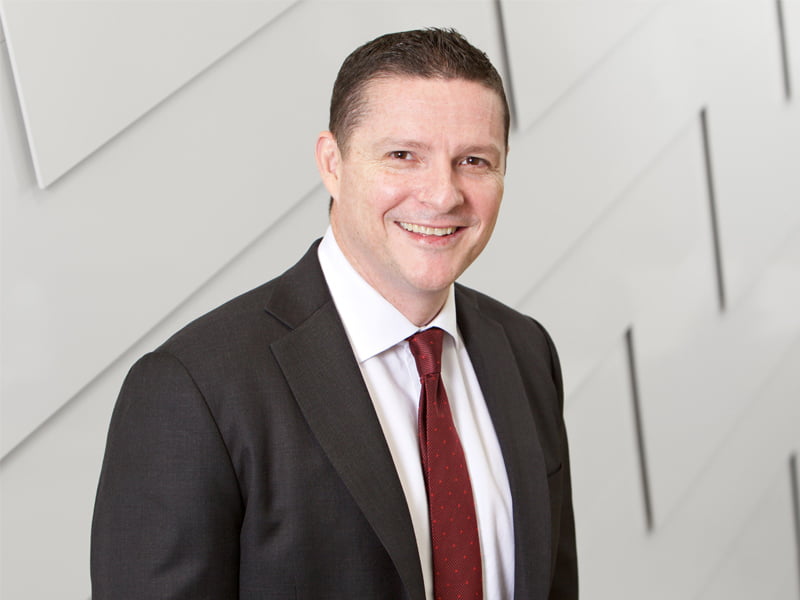Businesses must find a workable balance between digital-inspired initiatives and existing technology operations if they’re to avoid the downside of future waves of disruption, according to Verizon Enterprise Solutions’ ANZ managing director Rob Le Busque.
Speaking recently at a roundtable of senior technology leaders in Sydney, Mr Le Busque said the operational distance between parts of businesses where digital mindsets dominate and those with their hands directly on the tiller of organisational change was often surprisingly large.
The discussion, involving executives from finance, manufacturing, energy and telecommunications, was revealing. Not only were digital executives often outside the day-to-day technology operations, but they were also viewed as source of friction to change, Mr Le Busque said.

“It raises a significant question,” Mr Le Busque said. “How do you move new technology from being a point solution or a very specific activity to serve one particular function within an organisation, to something that transforms the way the organisation serves its customers overall?”
It was particularly surprising given that current discourse around transformation tends to assume that innovation naturally sits within the core of business technology operations, he said.
Mr Le Busque said that current business philosophy doesn’t adequately answer the question of where digital needs to reside in the modern enterprise.
“I don’t think there is a consensus on this. In fact there’s great a deal of confusion,” he said.
Businesses tend to adopt one of two prevailing businesses models to deal with the question.
The first is a hub-and-spoke type approach where organisations establish a digital transformation division that tries to transform business from the “inside out” with central oversight.
The second is to establish a separate entity as a test bed for digital innovation, unfettered by the broader bureaucratic hierarchies of the business, and sandboxed from it.
Mr Le Busque says that while they sit at the opposite ends of the spectrum, both approaches can be expensive and, crucially, neither addresses the need for a shared agenda and a common vision of success.
He has argued that unless businesses take a converged approach to digital innovation, their technology projects risk becoming aimless and could ultimately fail.
“Often when I speak to customers about these types of big transformation programs in their organisations, they’ll tell you two things,” he said.
“They’ll tell you, firstly, ‘we’re either just at the start or in the middle, but we don’t know how far away the end is’. So, that’s a definite concern. The second thing that they’ll tell you is ‘we don’t have a clear understanding of what the end looks like’.
“That is a very confusing and expensive place to be in. Whether you’re in technology, digital innovation or just part of the organisation overall,” Mr Le Busque said.
The concomitant risk is that with no clear metrics to go by, those holding purse strings might be reluctant to loosen them in the future, sending the business further backwards.
One of the major obstacles that businesses face in achieving a converged approach to digital transformation is that the operational disconnect they experience at organisational level is often reflected at the individual level. That’s not necessarily a new problem, but it’s a big problem in terms of customer experience, and delivery.
Mr Le Busque said that businesses are still finding it difficult to find talent that have what he describes as a ‘digital mindset’ — basically, having awareness to keep in step with digitally savvy consumers, but also take a helicopter view of broader business goals.
“You can find people with great operational skills in the market. You can find people with deep domain expertise, and then you can find people with technological expertise. What is extremely difficult to find is people with a combination of two or all three,” says Mr Le Busque.
Such individuals were crucial for understanding how to translate digital into business improvement, and to make a compelling argument to management to be able to drive these programs.
And there is an urgency, Mr Le Busque says. He says, that next generation network services such as 5G and software defined networking are poised to bring a fresh wave of changes to consumer behaviour on an accelerated timeline.
“If organisations aren’t thinking about how these new technologies will drive digital innovation and the huge structural changes they will create in the technology sector in Australia and around the world, then they are already playing catch up. And they will need to move fast.”
Verizon Enterprise Solutions partnered with InnovationAus.com to produce the Credibility, Impact and Influence 2018 discussion paper. You can download a copy of it here: http://www.verizonenterprise.com/apac/en/credibility/
Do you know more? Contact James Riley via Email.

